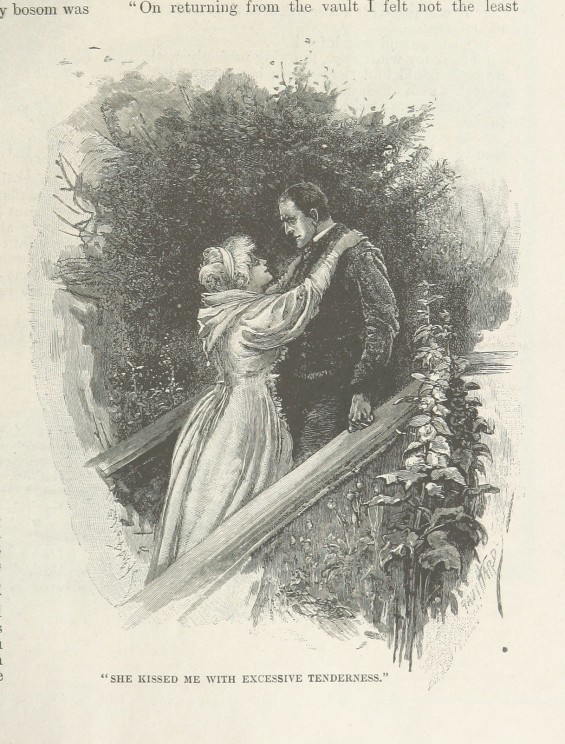While each couple believes their wedding to be unique, they are in fact building on centuries of social traditions, often reflecting their region and culture. Throughout England, Scotland, and Wales, these celebrations served not only the families but their communities. We sat down with Rab Houston, author of Bride Ales and Penny Weddings: Recreations, Reciprocity, and Regions in Britain from the Sixteenth to the Nineteenth Centuries, to discuss the creation of modern marriage ceremonies.
How did you encounter this subject?
When I first started my career as an historian, I came across Scottish penny weddings in my documents. Lively, open events where guests paid for their own entertainment and gave money to the couple, they evoked a strong sense of community. That provoked my curiosity and they have been in the back of my mind ever since. Then, when researching my last book, I found similar sorts of marriage celebration in both Wales and the north of England. That made me even more curious, because the parts of Britain that shared these ‘contributory weddings’ were so very different in other ways. Then it dawned on me that the north and west of Britain had many social and cultural characteristics in common, like a sense of egalitarianism and trust, which went beyond conventional territorial boundaries and which made them very different from the south and east of England. I wanted to understand regional variations in social values.
So you believe that an understanding of our history and culture is crucial to a sense of identity?
It is absolutely vital. To be alive is to be touched by history. However much we think we live in the present and hope for a better future, we are our memories and our history. Knowing where we come from and why we are the way we are gives us identity. But understanding ourselves in both time and space also makes us better at dealing with the profound changes that are affecting Britain now.
What are the implications for the current debate on regional devolution and even Scottish independence?
National frontiers are important in many ways, but they often draw arbitrary lines, which meant little to people in the past and may be exaggerated for us. I think the people of north and west Britain always have had different social priorities from those in the south and east. To me this is the fundamental division within Britain: not any political dividing line between Scotland and England.

Illustrated Penny Tales. From the “Strand” Library. no. 1-10″ Shelfmark: “British Library HMNTS 12623.k.24.” via British Library Flickr
How has the view of marriage and the marriage ceremony changed?
The point about a penny wedding is that the marriage ceremony itself was much less important than the social rituals surrounding it. Bridals celebrated the union and welcomed the couple into their new life. The couple’s relationship with each other and with their family and friends is also what matters most to men and women now.
This is all a bit serious: surely weddings are just about having fun?
Of course! Penny weddings and their English and Welsh equivalents were occasions of hospitality, sociability, and reciprocity. Relatives, friends, and neighbours all attended, showing their approval of the couple and helping to establish them in life. Bride ales and penny weddings were about husband and wife, but they also say something very important about the desire to create a sense and a practice of community. They may have much to tell us about some of the best things that we once enjoyed, in a world we have now largely lost.
Could we recreate that in the modern world?
I don’t see why not. Penny weddings are still held in the west of Scotland and other forms of communal sociability that express civic identity and a desire for self-help remain part of life in Cumbria and Wales. People can recreate this type of celebration for themselves, enriching their own lives and those of the communities in which they live and work.
Robert Allan Houston is the author of Bride Ales and Penny Weddings: Recreations, Reciprocity, and Regions in Britain from the Sixteenth to the Nineteenth Centuries. He has worked at the University of St Andrews since 1983 and is Professor of Early Modern History, specialising in British social history. He is a fellow of both the Royal Historical Society and the Royal Society of Edinburgh (Scotland’s national academy), and a member of the Academia Europaea. He is also the author of Scotland: A Very Short Introduction.
Subscribe to the OUPblog via email or RSS.
Subscribe to only British history articles on the OUPblog via email or RSS.
The post Rab Houston on bride ales and penny weddings appeared first on OUPblog.


